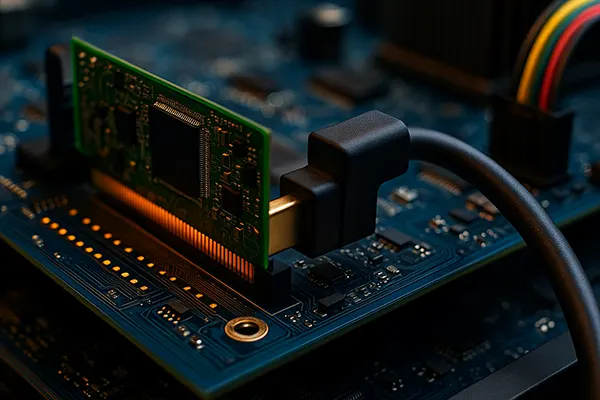
Blender: The Ultimate Guide to 3D Animation
Welcome to our comprehensive guide on Blender, the revolutionary open-source 3D animation software that has transformed the world of digital art and animation. Whether you are a budding animator, a seasoned artist, or someone curious about the potential of 3D animation, this article will provide you with a deep dive into Blender, its history, functionality, and its impact on the animation industry.
Creation and Evolution
Blender began its journey in the early 90s, conceptualized by Ton Roosendaal, a Dutch software developer. Initially developed as an in-house tool for a small animation studio, Blender’s potential was quickly recognized, and it was released as free and open-source software. This pivotal decision opened up a world of possibilities for artists and developers worldwide, fostering a community that continuously contributes to its development and enhancement.
Over the years, Blender has undergone significant transformations, evolving from a basic 3D modeling tool into a comprehensive suite capable of handling everything from modeling, rigging, and animation, to rendering, compositing, and video editing. Its accessibility and powerful features have made it a favored choice among professionals and hobbyists alike.
How Blender Works
Modeling and Animation
At its core, Blender is a 3D creation suite. Users can start with simple shapes or meshes and sculpt them into complex characters and environments. Its sophisticated modeling tools allow for intricate designs, while the animation tools enable creators to bring their visions to life with fluid movements and realistic physics.
Rendering and Composition
Blender’s rendering capabilities are second to none, with support for both real-time viewport rendering and photo-realistic rendering through its powerful Cycles engine. Additionally, its compositing tools enable users to create visual effects and transitions directly within the program, streamlining the production process.
Community and Resources
The strength of Blender lies not just in its software capabilities but also in its vibrant community. From forums and tutorials to free models and plugins, the Blender community offers an abundance of resources for learners and professionals.
Tips for Beginners
Embarking on your 3D animation journey with Blender can be both exciting and overwhelming. Here are five tips to help you get started:
- Start with Basics: Focus on understanding the interface and basic modeling techniques before diving into more complex projects.
- Utilize Tutorials: There are countless tutorials available online that cater to all skill levels. These can be invaluable resources as you learn.
- Experiment Often: Don’t be afraid to experiment with different features and tools. Learning by doing is a key part of the process.
- Join the Community: Engage with the Blender community. It’s a great way to learn, get feedback, and stay motivated.
- Be Patient: Mastering Blender takes time. Be patient with yourself and enjoy the journey of learning and creation.

Famous Animated Films Created with Blender
Blender has been the backbone of numerous well-known animated projects. “Big Buck Bunny” and “Sintel” are just two examples of short films entirely created with Blender, showcasing its capabilities not only as a tool for individual artists but also as a viable option for producing professional-grade animated content.
These projects not only demonstrate Blender’s technical prowess but also serve as benchmarks for what can be achieved with open-source software, inspiring artists and studios around the world.
Ease of Use for Beginners
While Blender boasts an extensive array of features, its learning curve can be steep for beginners. However, with the vast number of tutorials, guides, and community support available, new users can quickly become proficient in basic tasks and gradually tackle more complex projects.
The software’s interface is customizable, allowing users to tailor the workspace to their needs, which can significantly enhance the learning experience. Despite the initial challenges, many find Blender an incredibly rewarding tool to learn and use.
Whether There Is a Future for 3D Animation or Not
The future of 3D animation is bright and promising. With the rapid advancements in technology, 3D animation continues to play a crucial role in various industries, including film, gaming, virtual reality, and more. Blender, with its continuous updates and improvements, remains at the forefront of this evolution, empowering creators to bring their visions to life.



